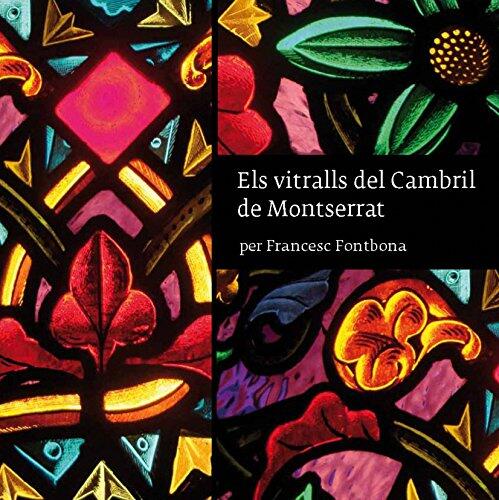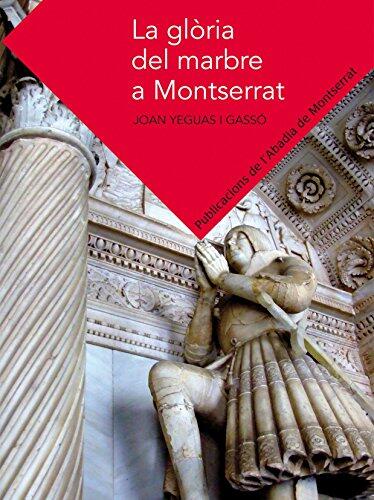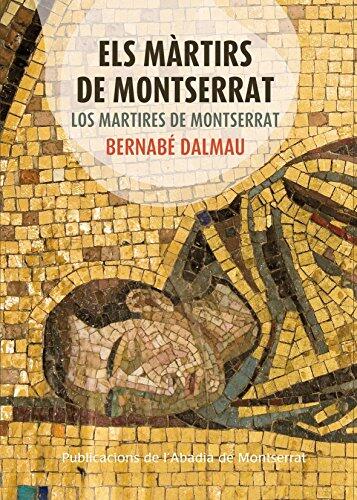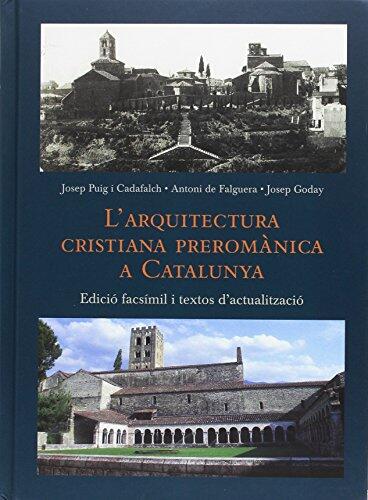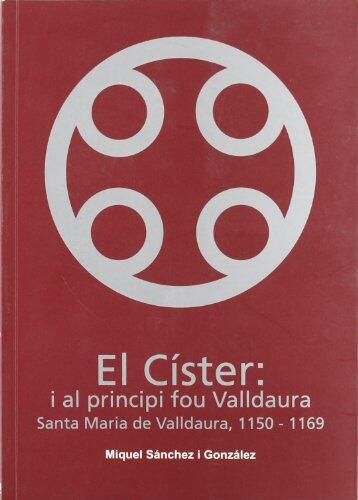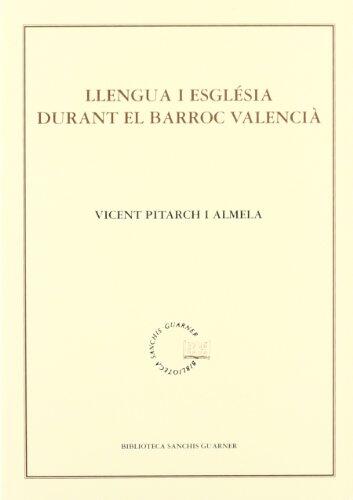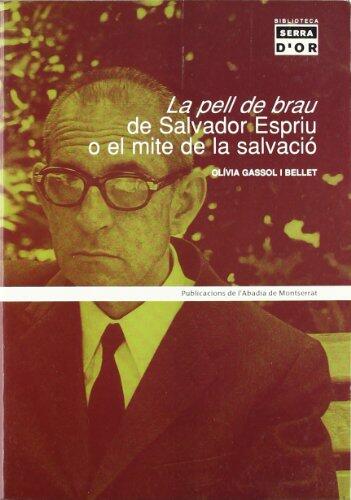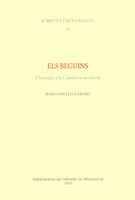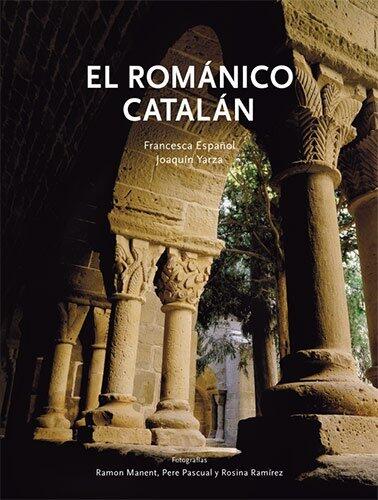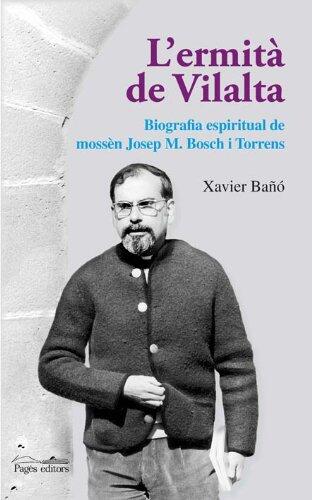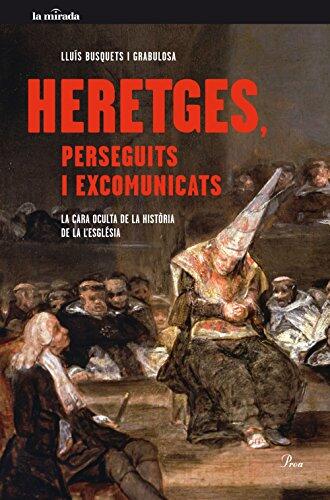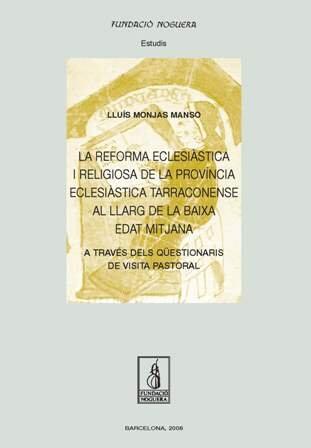
La reforma eclesiàstica i religiosa de la província eclesiàstica Tarraconense al llarg de la baixa edat mtijana: A través dels qüestionaris de la visita pastoral
由
Lluis Monjas Manso
还没有评分
Religion & Spirituality
格式
平装书
页数
450
语言
加泰罗尼亚语
已发布
Mar 2, 2008
出版商
Pagès editors, S.L.
版本
1
ISBN-10
8497796446
ISBN-13
9788497796446
描述
Lluís Monjas i Manso explores the intricate landscape of ecclesiastical reform within the Tarraconense province during the late Middle Ages. This period marks a significant transformation in religious practices, governance, and church-state relations. The author meticulously delves into archival materials, particularly focusing on the questionnaires used during pastoral visits, which serve as a vital source for understanding the nuances of reform efforts across this region.
Through engaging narratives and rigorous analysis, Monjas i Manso highlights the challenges faced by the church in adapting to changing societal norms and expectations. He examines the responses elicited from local clergy and congregations, revealing the complexities of implementing reforms amidst varying degrees of resistance and support. By providing context and detailed examinations of the political and cultural environment, the author invites readers to appreciate the broader implications of these religious modifications.
Ultimately, the work contributes to a deeper understanding of how ecclesiastical reforms were not merely top-down initiatives but involved dialogue and negotiation with local communities. It serves as both a scholarly resource and a compelling account of a pivotal era in Catalan religious history.
Through engaging narratives and rigorous analysis, Monjas i Manso highlights the challenges faced by the church in adapting to changing societal norms and expectations. He examines the responses elicited from local clergy and congregations, revealing the complexities of implementing reforms amidst varying degrees of resistance and support. By providing context and detailed examinations of the political and cultural environment, the author invites readers to appreciate the broader implications of these religious modifications.
Ultimately, the work contributes to a deeper understanding of how ecclesiastical reforms were not merely top-down initiatives but involved dialogue and negotiation with local communities. It serves as both a scholarly resource and a compelling account of a pivotal era in Catalan religious history.
